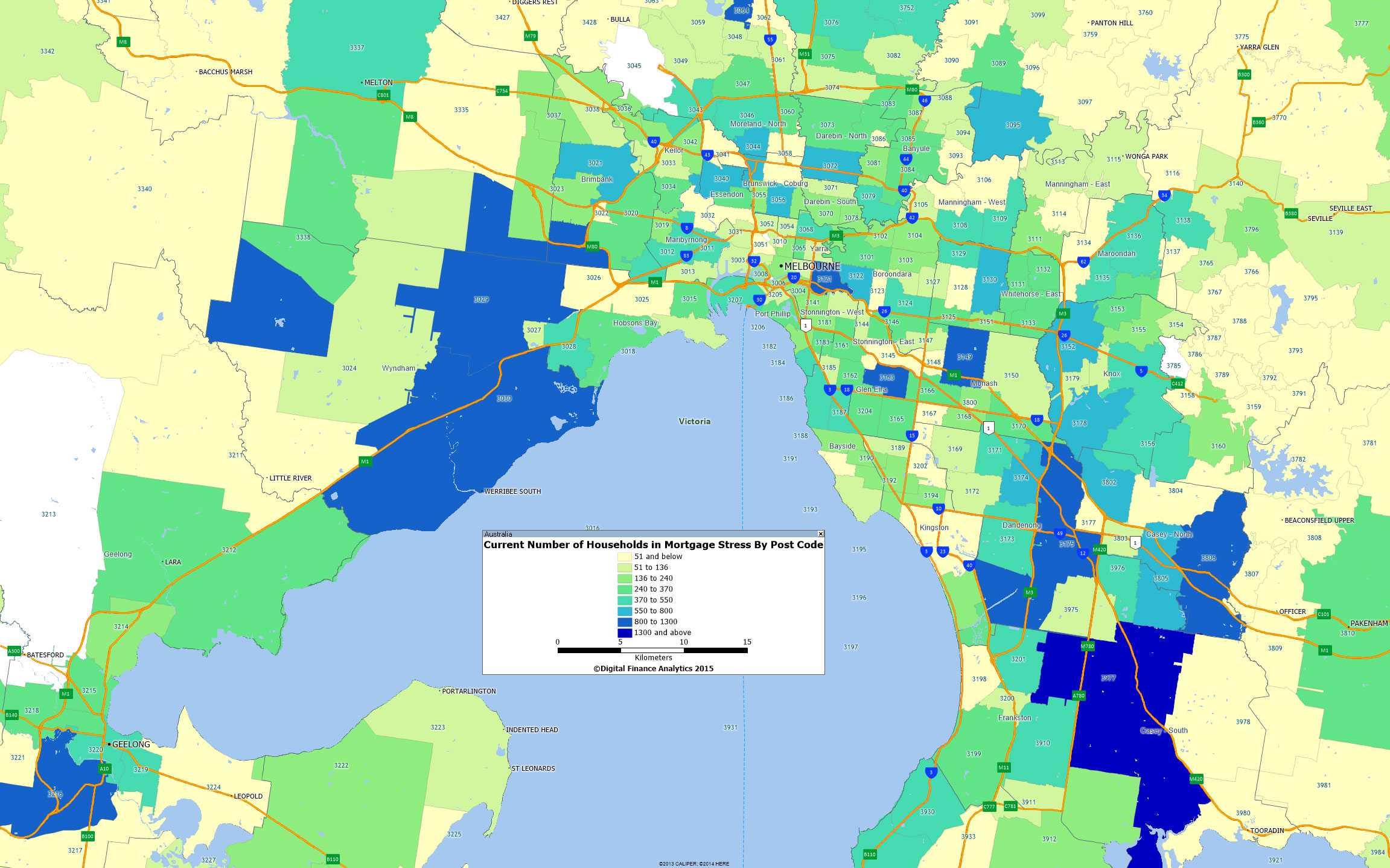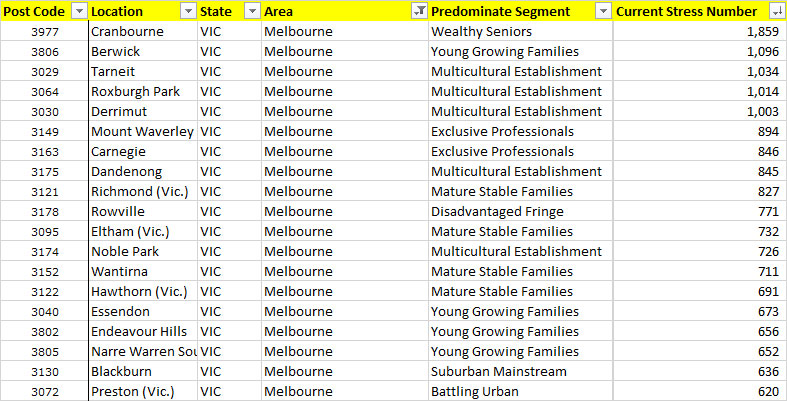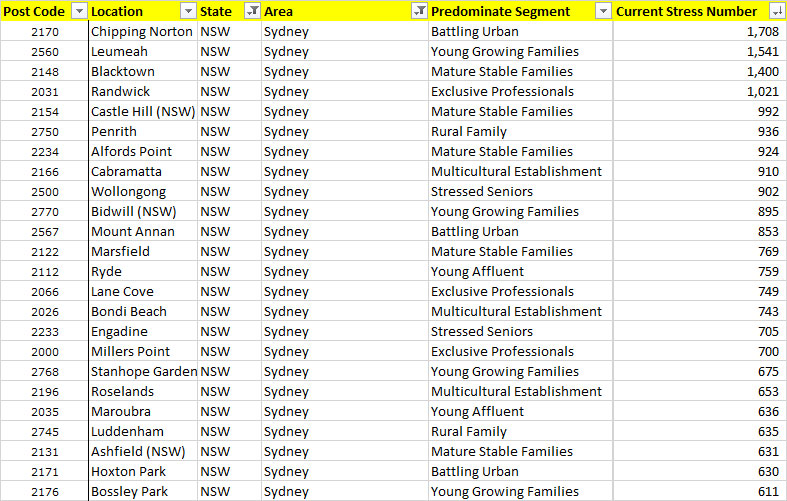ASIC today released a report that found lenders providing interest-only mortgages need to lift their standards to meet important consumer protection laws. They identified a number of issues relating to bank underwriting practices. We would also make the point that despite the low losses on interest-only loans to date in Australia, in a downturn they are more vulnerable to credit loss.
ASIC’s probe into interest-only home loans was announced in December 2014 and looked at 11 lenders, including the big four banks, to assess how they are complying with responsible lending laws.
As the national regulator for consumer credit and responsible lending, ASIC identified that demand for interest-only loans had grown by around 80% since 2012. ASIC’s review looked at how consumers were assessed for loans by lenders with a focus on the affordability of the loans over the longer term.
The review found that interest-only loans are more popular with investors and those on higher incomes, and that delinquency rates are currently lower for interest-only home loans.
However, ASIC also found that lenders have been falling short of their responsible lending obligations in the provision of interest-only loans. Lenders are often failing to consider whether an interest-only loan will meet a consumer’s needs, particularly in the medium to long-term.
Their key findings from the data review were:
- The majority of interest-only home loans were extended to investors; however, a substantial proportion of interest-only home loan approvals (41% in the December 2014 quarter) were for owner-occupiers.
- A greater proportion of the total number of interest-only home loans was sold through third-party or broker channels, compared to direct channels
- The average value of interest-only home loans was substantially higher than principal-and-interest home loans for both owner-occupiers and investors, and this was especially so for loans provided through direct channels in comparison with third-party channels.
- Overall, there was a smaller proportion of interest-only home loans in higher LVR categories when compared to principal-and-interest home loans
- A diverse group of consumers tended to take out interest-only home loans. In general, interest-only home loans were more popular with consumers who earned more money, but a substantial proportion (29%) of owner-occupiers with interest-only home loans earned less than $100,000
- Consumers with interest-only home loans were, on average, further ahead in reducing the balance of their loan when including funds held in offset accounts related to the home loan, than those with principal-and-interest home loans.
ASIC’s review of more than 140 consumer loan files from bank and non-bank lenders identified:
- In 40% of files reviewed, the affordability calculations assumed the borrower had longer to repay the principal on the loan than they actually did
- In over 30% of files reviewed, there was no evidence that the lender had considered whether the interest-only loan met the borrower’s requirements
- In over 20% of files reviewed, lenders had not considered the borrower’s actual living expenses when approving the loan, but relied instead on expenditure benchmarks.
These practices can expose borrowers to not being able to afford their loan repayments in the future, particularly for interest-only loans, which have much higher repayments after the initial interest-only period ends.
ASIC also issued a survey to the 11 lenders to gain valuable data about the growth of interest-only home loans. The findings are detailed in Report 445, Interest-only home loan review (REP 445).
ASIC Deputy Chair Peter Kell said, ‘Interest-only loans may be a reasonable option for some borrowers. However, lenders must have robust processes in place for assessing a customer’s ability to afford a loan, taking into account the increased repayments once the interest-only period ends. They should lend responsibly, and in a way that does not result in consumers taking on debt that they cannot afford, especially if interest rates rise.’
The report makes a number of recommendations that lenders and brokers should review to ensure they are complying with responsible lending obligations. Following ASIC’s review, all 11 lenders have changed their practices in line with ASIC’s recommendations or have committed to implementing necessary changes in the coming months. The recommendations include ensuring:
- loans align with consumers’ requirements and objectives
- lenders use a consumers’ actual expenses rather than relying on a benchmark
- affordability assessments include buffers for future interest rate rises.
Mr Kell said, ‘We are pleased that the lenders involved in the review have already started implementing changes based on our findings. The rest of the lending industry, including brokers, should now take note and swiftly review the practices they have in place to ensure they comply with their responsible lending obligations.’
As a result of this review, ASIC has commenced follow-up investigations in certain cases which are ongoing. Where necessary, ASIC is considering enforcement action or other regulatory action.
In the past several years, CDB and CEXIM have taken on key roles as policy-driven banks in financing priority projects and supporting the growth of Chinese corporates expanding overseas. For 2013-14, CDB’s compound annual asset growth rate was 17.1% and CEXIM’s 23.2%, compared with an average 13.6% rate for the Chinese banking industry during the same period
The capital injections demonstrate the Chinese government’s strong commitment to support the two lenders, whose policy roles are increasingly important for stimulating domestic economic growth. CDB and CEXIM are likely to take on greater credit exposure and their lending may have a greater strategic rationale rather than an economic one. For instance, the additional capital should facilitate CDB and CEXIM financing of overseas projects that are part of China’s One Belt, One Road initiative to boost infrastructure and economic connectivity across Eurasia.






